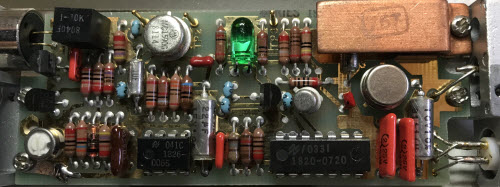The Ware for May 2017 is shown below.
This is another one where the level difficulty will depend on if I cropped enough detail out of the photo to make it challenging but not impossible. If you do figure this one out quickly, curious to hear which detail tipped you off!


